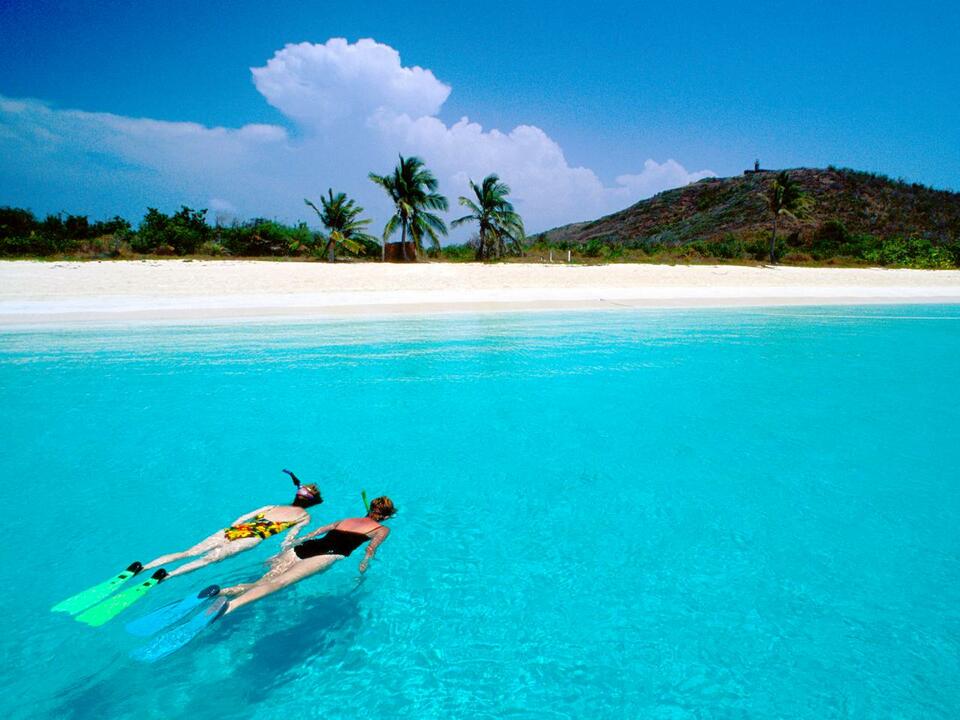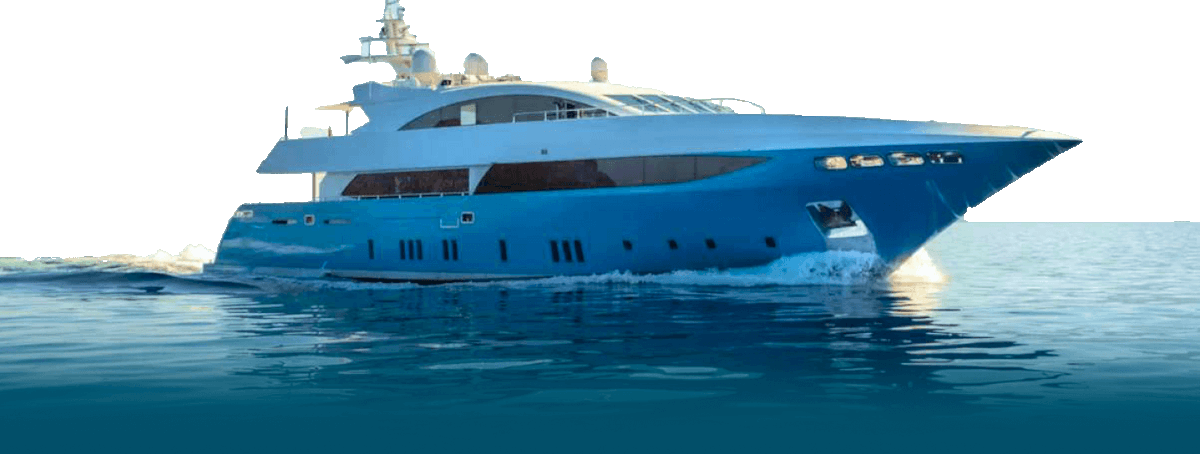
The Spanish Virgin Islands
The Spanish Virgin Islands is a term used for the islands between Puerto Rico and the US Virgin Islands. The principal areas include Culebra and Vieques, with multiple smaller islands and islets. Other islands include Icacos Island, Cayo Lobo, Cayo Diablo, Palomino Island, Palominito Island, Isla de Ramos, Isla Pineiro, and Cayo Lobo.

These islands have uncrowded beaches, gentle sea breezes, near-empty anchorages, and spectacular snorkeling. And, since the islands are part of the territorial United States, citizens don’t need a passport. For the most part, English is spoken nearly everywhere and the US dollar is the currency.
Climate
The climate in this place is very similar to that of the United States Virgin Islands and the British Virgin Islands. It is generally hot and humid with rain showers.
Things to see and do
- Go fishing. Culebra has many shallow sandy bays that are great for fly fishing. Deep-sea fishing lets you land big fish such as tuna, sailfish, kingfish, and barracuda.
- Marvel at the brightest bioluminescent bay in the world, Mosquito Bay in Vieques. The bay’s mesmerizing brightness is due to the large concentration of dinoflagellates.
- Snorkel around Culebra and Culebrita. This small island has eleven gorgeous beaches and a national wildlife refuge. Flamenco, Tamarindo, and Carlos Rosario are some of the best beaches for snorkeling.
- Scuba dive. Dive sites near Vieques include Angel Reef and Patti’s Reef. Around Culebra, you’ll find many sites, including Cayo Lobito and Cayo Raton.
- Look for sea turtles. The waters and beaches of Vieques are essential habitats for sea turtle nesting, especially for the green sea turtle. The Island of Vieques has the highest percentage of green sea turtle nests in the Archipelago of Puerto Rico.
- On Vieques, go beachcombing at Cofi Beach. Also known as “Seaglass Beach,” this is an excellent spot to find sea glass. Genuine sea glass starts as pieces of glass from broken bottles, tableware, or even shipwrecks. The ocean’s waves roll and tumble the glass pieces for years until their edges are smooth and the glass appears frosted.
- Try the local cuisine, which has Spanish, African, and Arawak influences. The more popular ingredients are coriander, papaya, cacao, loquat, celery, plantains, and yampee.
- Visit the remains of a Spanish-era lighthouse on Culebrita.
- Go hiking on the small, uninhabited island of Cayo Luis Pena.

The Spanish Virgin Islands | Marinas
- Culebra has three main anchorages. The first is Ensenada Honda near the town of Dewey. It is quiet and protected. The second is just inside the reef at the entrance of the bay. The third is the sister island of Culebrita.
- In Vieques, there are no public moorings.
Sail from the US Virgin Islands to the Spanish Virgin Islands.
